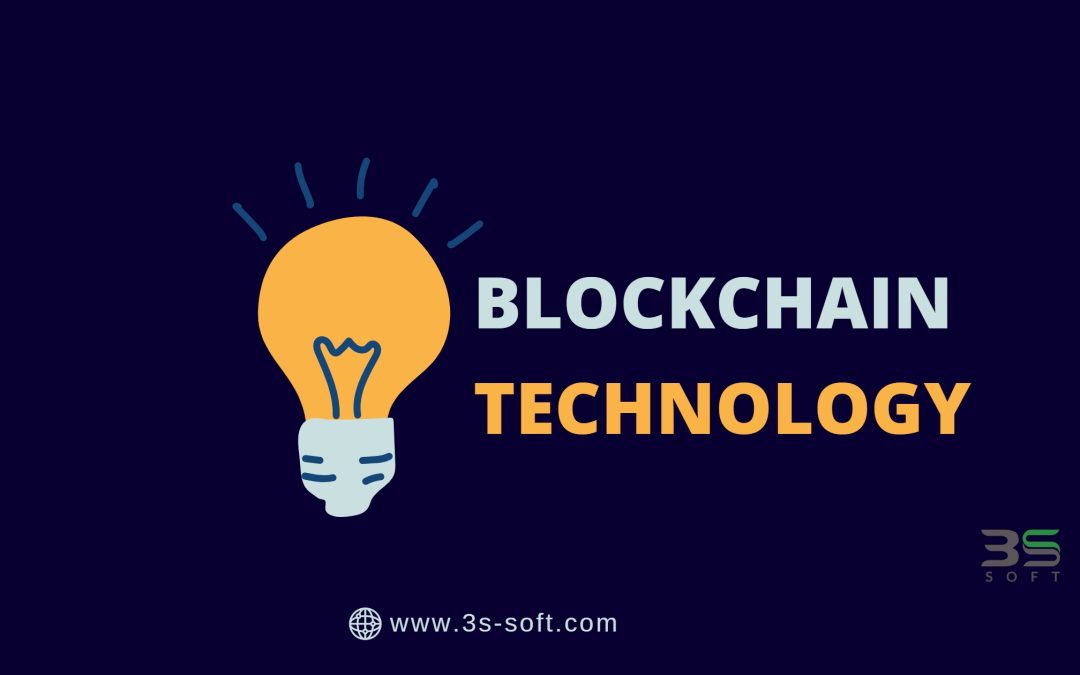Blockchain technology has recently been one of the most discussed topics in the tech world. It is an innovative technology that can transform various industries, from finance to healthcare. Blockchain technology is a decentralized system that allows for secure and transparent transactions, making it an ideal solution for various applications. In this article, we will explore the evolution of Blockchain technology, its current applications, limitations and challenges, and future potential.
What is Blockchain?
Blockchain technology is a decentralized system that allows for secure and transparent transactions. A Blockchain is a digital ledger that contains a record of all transactions that have taken place on it. This ledger is decentralized, which means that there is no central authority controlling the transactions. Instead, it is maintained by a network of nodes working to validate transactions and add them to the Blockchain.
The advantages of Blockchain technology are numerous:
- It provides a high level of security. Since the ledger is decentralized, there is no central point of failure, making it virtually impossible for anyone to hack into the system.
- It provides transparency. All transactions on the Blockchain are recorded, making it easy to track them.
- It provides efficiency.
Transactions are validated and added to the Blockchain quickly and efficiently without a central authority.
A Brief History of Blockchain
The roots of Blockchain-technology can be traced back to the early 1990s. The first work on digital cash was done by a computer scientist named David Chaum. However, with the advent of Bitcoin in 2009, Blockchain-technology gained widespread attention. Bitcoin is a digital currency that operates on a Blockchain. The creation of Bitcoin marked the beginning of the Blockchain revolution.
Since the creation of Bitcoin, numerous developments have occurred in Blockchain-technology. Blockchain 1.0 was focused on the creation of digital currencies. Blockchain 2.0, which emerged in 2014, introduced the concept of Smart Contracts. Smart Contracts are self-executing contracts that are stored on a Blockchain. They automate the execution of contracts, making them more efficient and secure.
Blockchain 3.0 is the current phase of Blockchain development. It focuses on the development of decentralized applications (dApps). These applications are built on a Blockchain and operate without a central authority. dApps can transform various industries, from finance to healthcare and beyond.
Blockchain Technology Explained
Blockchain technology is a complex system that can be explained in simple terms. A Blockchain is a digital ledger that contains a record of all transactions that have taken place on it. This ledger is decentralized, which means that there is no central authority controlling the transactions. Instead, it is maintained by a network of nodes working to validate transactions and add them to the Blockchain.
Nodes are the computers that participate in the Blockchain network. They work together to validate transactions and add them to the Blockchain. Transactions are validated using complex algorithms that ensure that they are legitimate. Once a transaction is validated, it is added to the Blockchain and becomes part of the permanent record.
Miners are a subset of nodes that add new blocks to the Blockchain. They compete with each other to solve complex mathematical equations. The first miner to solve the equation is rewarded with a digital currency. Once a miner adds a block to the Blockchain, the other nodes validate it, and it becomes a part of the permanent record.
Proof of Work (PoW) and Proof of Stake (PoS) are different algorithms used to validate transactions on a Blockchain. PoW is the algorithm used by Bitcoin. It requires miners to solve complex mathematical equations to validate transactions. PoS, on the other hand, requires validators to hold a certain amount of digital currency to participate in the validation process.
Current Applications of Blockchain Technology
Blockchain-technology has been applied to various industries, including finance, healthcare, supply chain management, etc.
Here are some examples of current applications of Blockchain technology:
- Finance: Blockchain technology is used to create digital currencies such as Bitcoin, Ethereum, etc. These digital currencies provide an alternative to traditional currencies, allowing for secure and transparent transactions.
- Healthcare: Blockchain technology is being used to create a decentralized system for medical records. This system would allow patients to control their medical records and enable healthcare providers to access them securely.
- Supply Chain Management: Blockchain technology creates a more efficient and transparent supply chain. This system would allow for tracking goods from the manufacturer to the consumer, providing greater visibility and accountability.
- Voting: Blockchain technology creates a more secure and transparent voting system. This system would allow for the secure and transparent counting of votes, reducing the potential for fraud.
Limitations and Challenges of Blockchain Technology
Although Blockchain-technology has numerous advantages, it has limitations and challenges.
Here are some of the limitations and challenges of Blockchain technology:
- Scalability: The current generation of Blockchain technology has scalability issues. The number of transactions that can be processed per second is limited, making it difficult to scale the technology for mass adoption.
- Energy Consumption: Mining new blocks on a Blockchain requires significant energy. This energy consumption has been criticized for its environmental impact.
- Regulation: The decentralized nature of Blockchain technology makes it difficult to regulate. Governments and regulatory bodies need help to develop policies to regulate the technology.
- Security: Although Blockchain technology is secure, there have been instances of hacking and fraud. As Blockchain-technology becomes more widely adopted, the potential for these attacks will increase.
The Future Potential of Blockchain Technology
Despite its limitations and challenges, Blockchain technology has enormous potential.
Here are some of the potential applications of Blockchain technology in the future:
- Internet of Things (IoT): Blockchain technology has the potential to transform the Internet of Things (IoT) by providing a secure and decentralized system for data storage and communication.
- Identity Management: Blockchain technology has the potential to provide a secure and decentralized system for identity management. This system would allow individuals to control their digital identity, improving security and reducing the potential for fraud.
- Financial Services: Blockchain technology can transform the financial services industry by providing more efficient and secure transactions.
- Government: Blockchain technology can transform how governments operate by providing a more transparent and accountable system for governance.
Conclusion:
Blockchain technology is a revolutionary technology that can potentially transform various industries. Its advantages include security, transparency, and efficiency. However, it has limitations and challenges, including scalability, energy consumption, regulation, and security. Despite these challenges, Blockchain-technology has enormous potential, including applications in the Internet of Things, identity management, financial services, and government. As Blockchain-technology continues to evolve, we can expect to see even more applications in the future.

